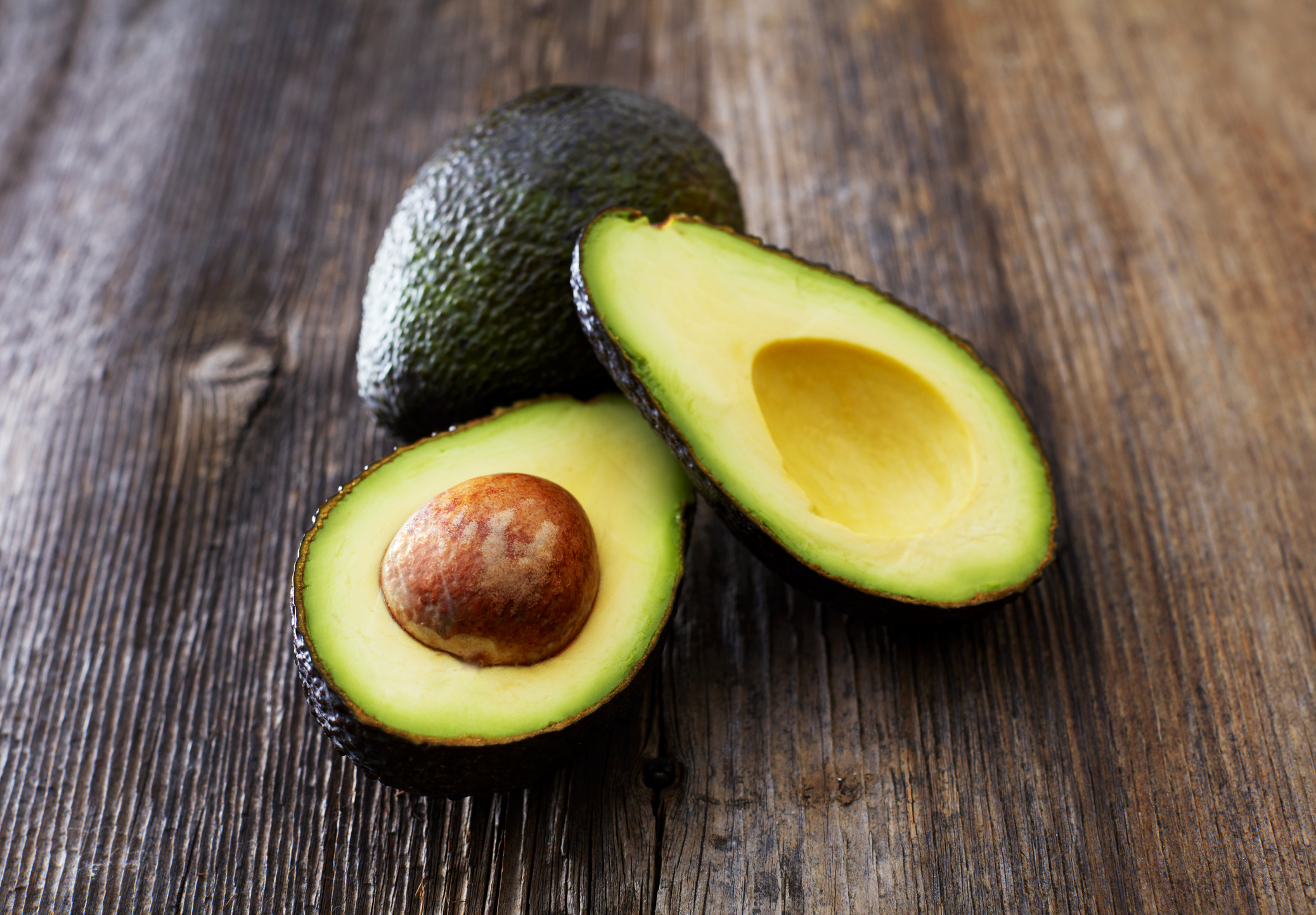
Have you ever wondered why the avocado fruit has such a large pit? It would’ve been so much easier to propagate if it was the size of, say an apple seed. (That’s why we’ve never heard of a Johnny Avocado.) Was this an evolutionary malfunction?
Sort of. The current scientific evidence is the avocado plant hit its peak during the beginning of the Cenozoic era when animals like mammoths, horses, and giant ground sloths inhabited North America. These mega-sized animals (megafauna) were attracted to large fruit they could eat whole in one bite. Since they were big enough that a large seed could make it through their digestive systems intact, and since these animals could travel long distances, it worked out well for wild avocados.
But the megafauna are gone. After they disappeared about 13,000 years ago, avocado plants had no way to disperse their seeds (pits) over a wide area. Just dropping them on the ground would probably cause the fruit to rot or the seedling to wither under the parent. The best they could hope for would be a jaguar, used to eating large chunks of meat, to show an interest, or a rodent to bury the pit, but these possibilities seem far-fetched.
Fortunately for the avocado, we have taken a liking to the fruit for its nutritional qualities. But how did the plant survive in the wild between the megafauna disappearance and our discovery?
Right now, that’s a real biological mystery.
For more information about avocados and other “anachronistic fruits” like papaya, see “Why the Avocado Should Have Gone the Way of the Dodo” by K. Annabelle Smith (https://getpocket.com/explore/item/why-the-avocado-should-have-gone-the-way-of-the-dodo).
